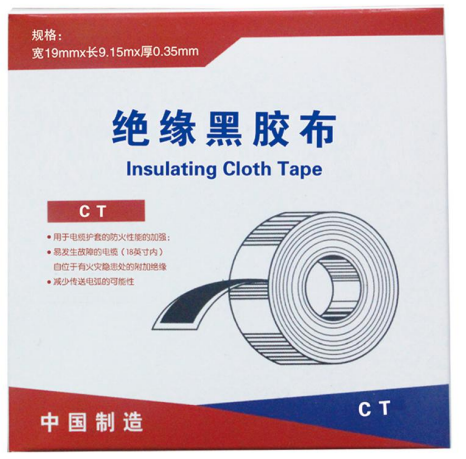Understanding Insulating Strips Applications and Importance
Insulating strips play a crucial role in various sectors, particularly in electrical engineering and construction. These strips, made from materials with high resistance to electrical conductivity, serve as barriers to prevent the unintended flow of current, thereby safeguarding both machinery and individuals. In this article, we will explore the significance, types, applications, and installation of insulating strips.
What Are Insulating Strips?
Insulating strips are typically long, narrow sections of insulating material, often manufactured from plastic, rubber, silicone, or other non-conductive substances. They vary in thickness, width, and length, depending on their intended use. The primary purpose of an insulating strip is to provide protection against electrical short circuits, preventing current leakage and minimizing the risk of electric shock.
Importance of Insulating Strips
The importance of insulating strips cannot be overstated. In electrical applications, a lack of insulation can lead to dangerous consequences, including short circuits, equipment damage, and potential electrical fires. By effectively isolating electrical components from one another, insulating strips ensure the longevity and safety of electrical systems. Furthermore, they contribute to the overall efficiency of electrical installations by reducing energy losses due to leakage currents.
Types of Insulating Strips
1. Rubber Insulating Strips Known for their flexibility and durability, rubber strips are commonly used in various electrical installations. They provide excellent resistance to moisture, chemicals, and extreme temperatures, making them suitable for outdoor applications.
2. PVC Insulating Strips Polyvinyl chloride (PVC) is another popular material for insulating strips. PVC strips are cost-effective and resistant to abrasion, making them ideal for use in home wiring and industrial equipment.
3. Silicone Insulating Strips Silicone-based strips can withstand high temperatures and are often used in environments where heat resistance is essential, such as in high-temperature electrical components.
4. Foam Insulating Strips Foam strips provide not only electrical insulation but also sound and vibration damping. They are commonly used in HVAC systems and automotive applications, where noise reduction is as important as electrical safety.
Applications of Insulating Strips
Insulating strips find applications in various industries
insulating strip

- Electrical Engineering Used in wiring harnesses, circuit boards, and electrical panels, insulating strips help prevent electrical shorts and protect sensitive components from exposure.
- Construction In building projects, insulating strips are utilized in window and door frames to provide thermal insulation and reduce energy loss. They also serve to seal gaps and prevent moisture intrusion.
- Automotive In the automotive sector, insulating strips are essential for protecting wiring and electronic components from heat and vibration, enhancing the safety and durability of vehicles.
- Manufacturing Insulating strips are used extensively in machinery to prevent accidental contact between energized parts, ensuring operator safety and compliance with regulations.
Installation of Insulating Strips
Proper installation of insulating strips is critical to their effectiveness. Here are some basic guidelines
1. Surface Preparation Ensure that the surface where the strip will be applied is clean and dry. Any contaminants can affect the adhesion of the strip.
2. Measuring and Cutting Measure the length required for the application, and use appropriate cutting tools to trim the strip to size. A clean cut ensures better contact and adhesion.
3. Application Technique Depending on the type of insulating strip, some may come with adhesive backing for easy installation. For those that do not, adhesives should be applied uniformly to ensure proper contact.
4. Inspection After installation, inspect the strips to ensure there are no gaps or areas that could lead to exposure. Regular checks should be performed to maintain their integrity over time.
Conclusion
Insulating strips are indispensable in ensuring safety and efficiency in both electrical and construction applications. With a variety of materials and types available, these strips can meet the specific needs of different industries. Investing in high-quality insulating strips and installing them correctly is essential for protecting equipment, enhancing performance, and ensuring the safety of individuals in contact with electrical systems. As technology continues to evolve, the importance of reliable insulation will only continue to grow, making insulating strips a key component in modern engineering and construction practices.
-
Versatility with Tape Electrical InsulationNewsJun.09,2025
-
Floor Marking Tapes For WareHouseNewsJun.09,2025
-
Enhance Your Projects with PVC Electrical TapesNewsJun.09,2025
-
Enhance Your Projects with Automotive Wiring Harness TapeNewsJun.09,2025
-
Enhance Your Automotive Fabric TapesNewsJun.09,2025
-
Enhance Electrical Projects with Cambric TapeNewsJun.09,2025
